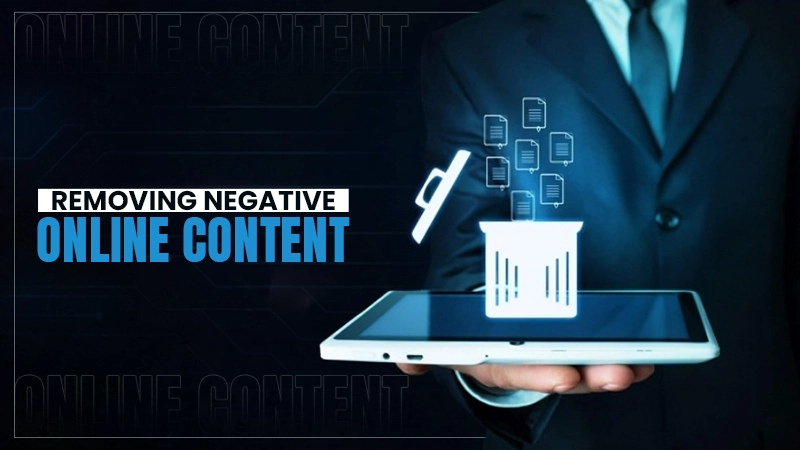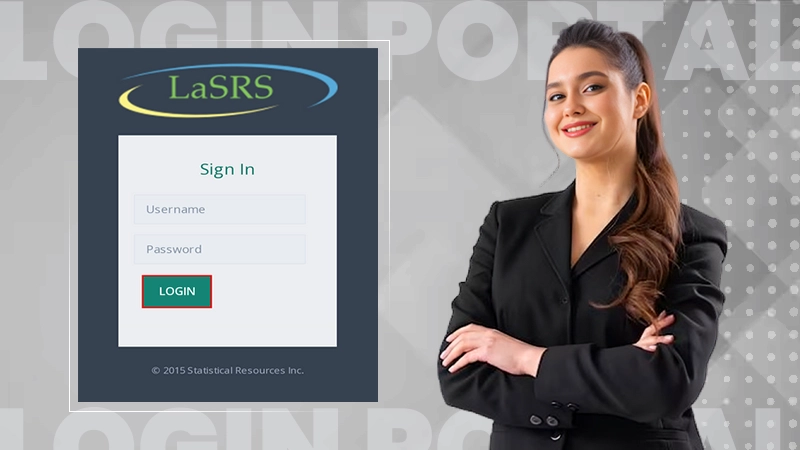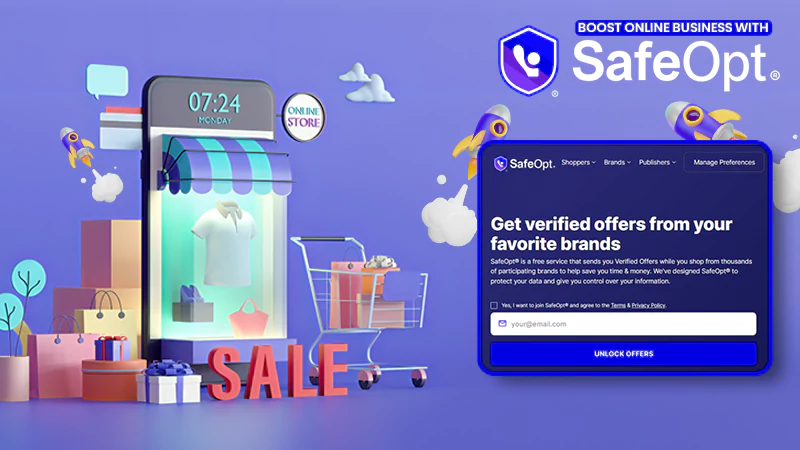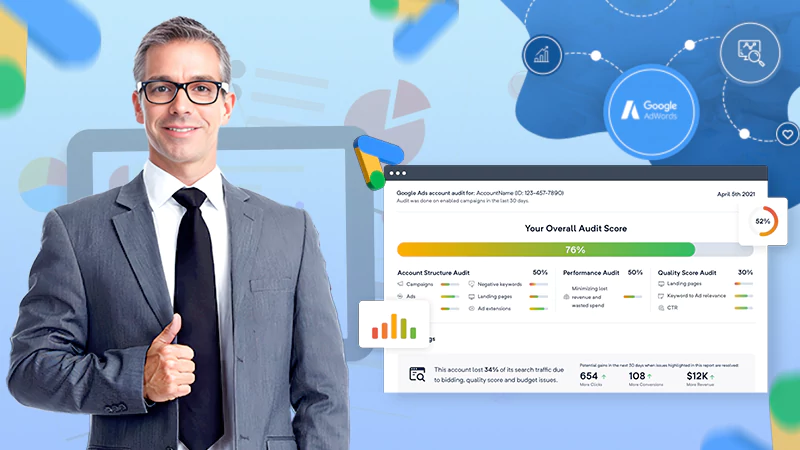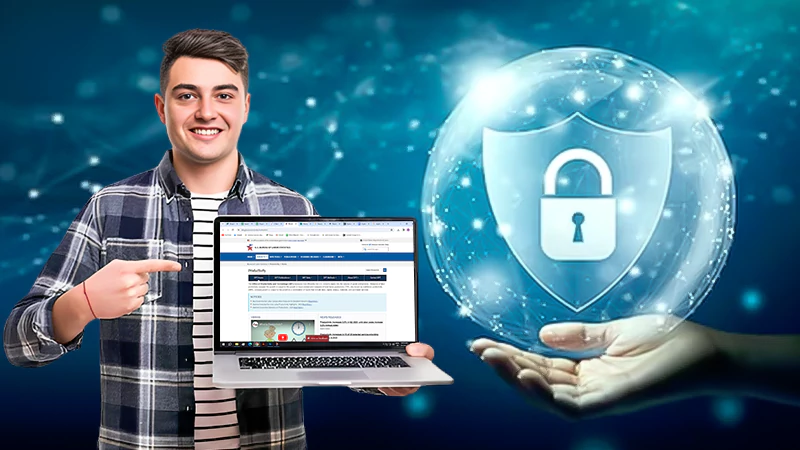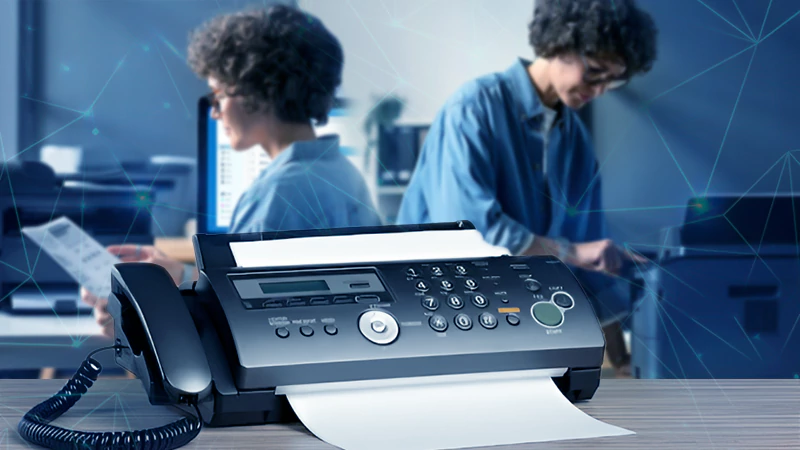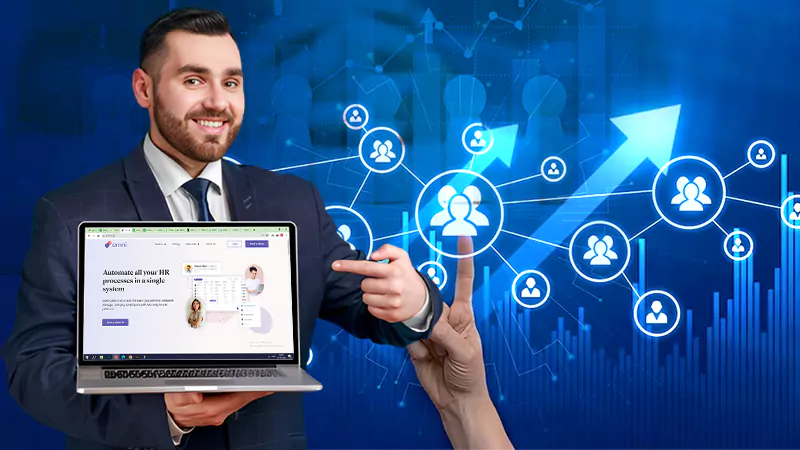How to Onboard Remote Employees
Since the start of the pandemic, the way the world works has changed drastically. End users are working from home and also from anywhere in the world. They’re accessing IT resources that aren’t hosted internally, and the pandemic led to remote work being a critical requirement rather than something nice to have.
Now, while the pandemic does show some signs of abating and there appears to be a return to so-called normalcy on the horizon, it also seems that some of the shifts in the work environment have changed permanently.
The way modern organizations function and users work has changed everything from cybersecurity priorities to how employers onboard.
With that in mind, below, we discuss more of the challenges and issues surrounding the onboarding of remote or hybrid employees and how you can begin to address those as you create a virtually-driven onboarding program.
Remote Onboarding Challenges
It’s really just in the past decade that companies on a seemingly large scale have come to an understanding of how important onboarding in general is. Now, with that reality becoming apparent, they’re having to entirely shift how they implement their onboarding programs, but they’re no less important.
Onboarding remote employees or hybrid employees can be especially important, and it’s essential to improve retention and engagement with many ideas. A good onboarding strategy and the program can make your corporate culture stronger, even when you work in different locations, and cultivate a better employer brand.
So what are the obstacles?
One big one is that your employees need access to technology and content efficiently and promptly. When you onboard onsite, this isn’t an especially big challenge. The new hire comes into work the first day, and they get access to everything, including their company email and confidential access to anything they need to sign.
Remote employees aren’t on-site, so you have to determine what you’re going to give them access to and also instructions for them to set up the necessary accounts.
You have to work on overcoming the feelings of isolation that a remote employee might feel. It’s easy for hybrid and remote employees to feel like they’re out of the loop.
A third major challenge is that you have to personalize onboarding but not to the point that your strategy becomes unstainable. You need a consistent program that you can use repeatedly, but it also needs to speak to individual differences and job roles.
Below are things to keep in mind for onboarding new employees.
Read Also: Onboarding Statistics and Best Practices to Improve Employee Retention
Securing Remote Access
The first thing you’ll have to think about is setting up secure remote access for each of your employees.
Doing so means that you’ll need a well-defined cybersecurity policy for all of your remote workers. This is something you can send them via email right away before you ever assign them any access-based roles or permissions.
You want your policy to be completely clear, and you should outline the steps employees are expected to take to remain compliant.
If you’re providing company-owned devices to employees, they’ll have their own set of policies guiding their use.
If you already have a remote access and cybersecurity policy, you’ll there be sharing your remote access software with your new employee.
If you have a Zero Trust security architecture in place, this will mean that you already have password management tools, multi-factor authentication, and single sign-on implemented, all of which are going to make things easier for your new employees and ensure the security of your organization.
The principle of least privilege is one that if your IT team isn’t already using, they should become familiar with. The principle of least privilege makes sure that your new employees, as part of their onboarding and going forward, have access to only what they need to do their jobs and nothing more.
Think About Using an Email Onboarding Sequence
For remote and hybrid employees, you might use some of what you know about converting your website visitors into customers. You can create an onboarding sequence that goes out to new employees at different steps in their process.
What’s great about translating email onboarding to employees is that you’re starting to create a personalized conversation right away, but you’re doing so in a way that’s manageable for you.
All of the benefits that would apply to a new customer or subscriber are going to extend to new employees when you use an email sequence.
For example, it’s engaging. You can let your new employees know what’s expected of them, deliver checklists, and let them know where they can go if they have questions or need help. Onboarding sequences can create meaningful conversations and interactions.
Just like a good sequence can create lifelong customers, it can also help you develop long-term employees.
Leveraging personalization is, of course, important here, as is moving through a logical series of emails.
Meet Big First and Then Go Small
Once you have some of the technicalities out of the way, you’ve set someone up with their email account and their login information, and you’ve begun sending the onboarding email sequence, you can get more specific with training endeavors.
For example, you can start big when you bring someone on board with a whole-of-company welcome call.
Then, everyone can quickly introduce themselves and a bit about their backgrounds and how they all interact. From there, you can start to drill down into the more focused introductions between the new employee and the people they’ll be collaborating with and working with most often.
You can assign the new employee a mentor or someone that then becomes their point person if they have questions or something comes up.
Finally, you should have some idea of what you’re going to need to teach a new hire on the job or in person if there’s anything at all.
You should have already created a step-by-step plan. You actually don’t necessarily need the person to come into the office for the earliest onboarding because these are the most general things they’ll learn. It’s only once you’re getting into the day-to-day technical training that they might need to come in person.
Next, Read: Seven Ways Using Manual Payroll Processes Is Hurting Your Business
The Challenges and Benefits of Removing Negative Online…
Unlock the Simplest Way to Access LaSRS Login…
Strategic Wins: How SafeOpt Can Boost Your Online…
5 Reasons Why Marketing Matters in Business?
Google Ads: What Are the Basic Checklists to…
The Crucial Role of Press Releases in a…
8 Best Tech Tips to Implement for Better…
Fax Machines in the Digital Age: A Sustainable…
Breaking Barriers: The Power of Business Translation Services
Why Do Businesses Need a Dedicated Mobile App?
The Role of Onboarding in Improving Employee Retention…
3 Major Benefits of Onsite IT Support

